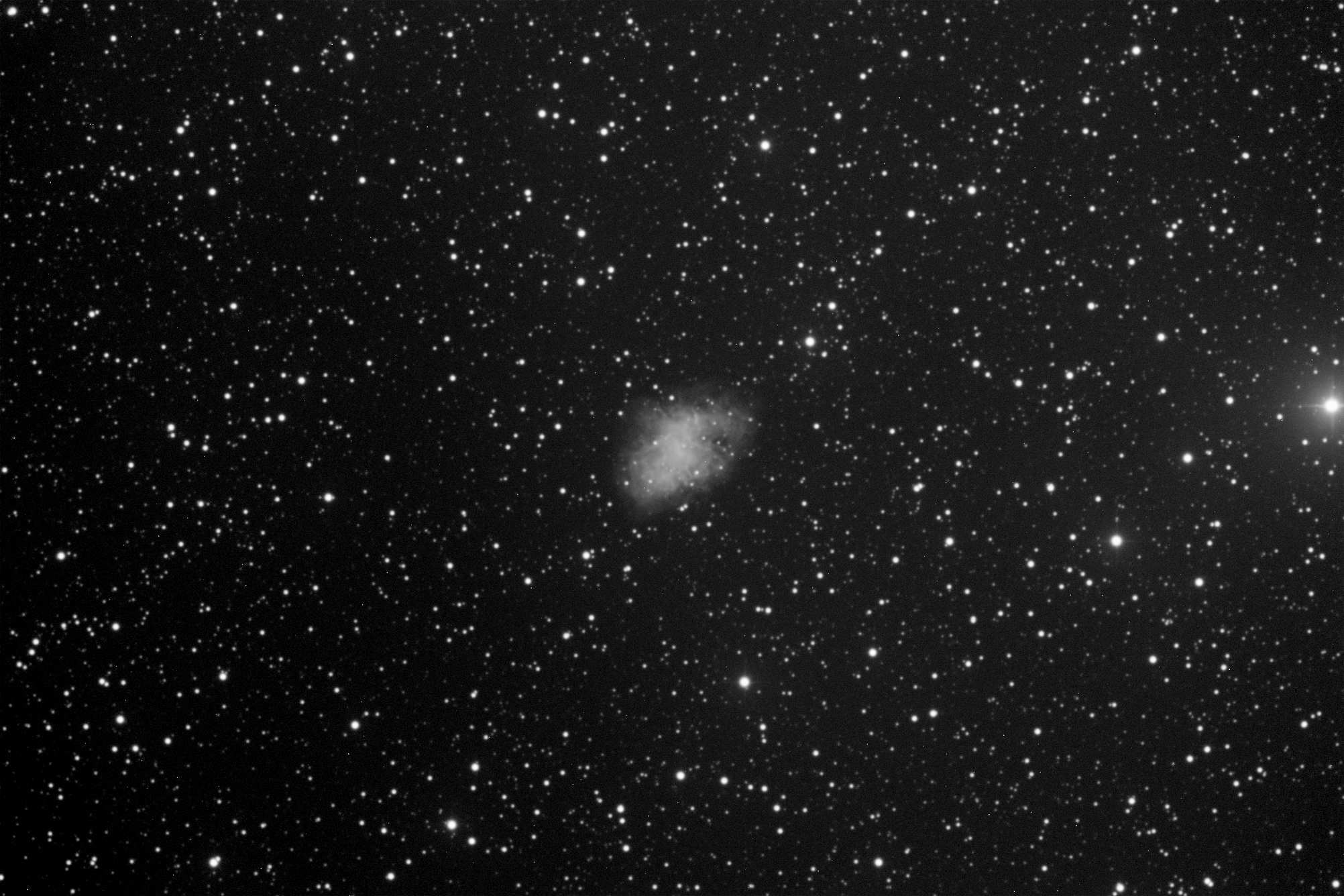We find ourselves in the year 1054, a momentous period in history. During this time, Pope's envoy, Humbert of Moyenmoutier, while on a journey to Constantinople, delivered a damning excommunication decree. The scene unfolded within the grandeur of the Cathedral of Hagia Sophia, where Cardinal Humbert issued his proclamation against Patriarch Cerularius. In a retaliatory response, stung by the cardinal's actions, the patriarch later cast an anathema upon him.
Little did the observers realize that this seemingly inconsequential event would forever shape a significant portion of the world's destiny. The year 1054 marks the beginning of the rift between the Roman Church and the Eastern Churches, commonly known as the Great Schism of the East. However, the full account of this historical saga will be left for another occasion, as it is not the primary focus of this narrative.
Instead, let us venture to a distant land far removed from the Christian realm. In the vast empire of China, a fortuitous astronomical phenomenon unfolded that same year. Unbeknownst to the Western world, astronomers gazed upon a captivating spectacle that occasionally graces the celestial canvas—an exploding star, reaching the end of its cosmic journey. The brilliance of this event was so breathtaking that it illuminated the night sky for several weeks.
This cataclysmic explosion birthed what astronomers refer to as a nebula—an expansive composition of interstellar gases. Centuries later, in the 18th century, European astronomers John Bevis and Charles Messier would rediscover this celestial marvel. Its immense proportions are awe-inspiring, spanning a distance of 13 light-years from one end to the other. To put this into perspective, our home planet Earth is a mere 8.5 light-minutes away from the Sun, which equates to approximately 150 million kilometers. The nebula's expansion velocity measures a staggering 1500 km/s. One might wonder if there is a remote possibility of our solar system being ensnared by this colossal cosmic entity. Would we then be instructed to don masks to shield ourselves from inhaling its ethereal gases? Rest assured, we can sleep soundly and breathe freely, for this awe-inspiring phenomenon exists a staggering 6200 light-years away!

Photo of the nebula known as the Crab Nebula (also referred to as M1 in Messier's catalog). Exposure time was 5 minutes.
Post a comment
| Date | Name | Comment |
|---|